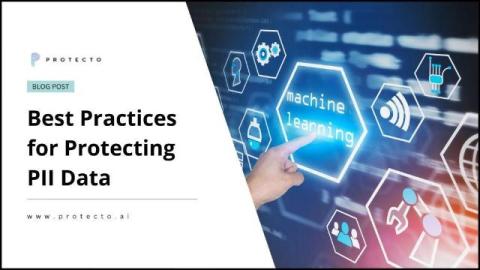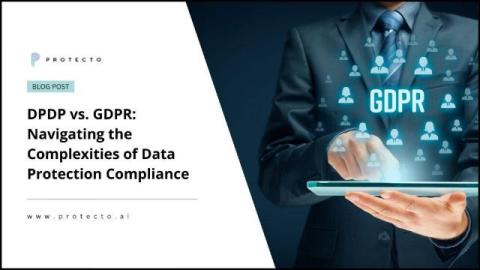PII vs PHI vs PCI: What is The Difference
In this age of digital supremacy, keeping our data safe and respecting privacy are super important. As more and more people and businesses use online platforms, it’s crucial to understand what types of data need that extra layer of protection, especially when it comes to PII vs PHI vs PCI. Understanding the distinctions between PII (Personally Identifiable Information), PHI (Protected Health Information), and PCI (Payment Card Information) is crucial.











